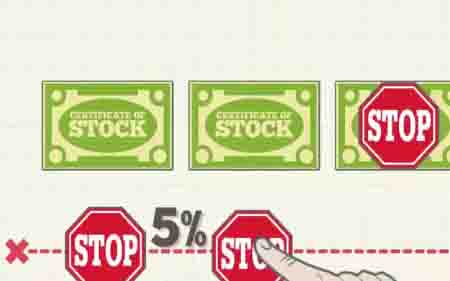Definition of a stop order and how to work with it

Visitors: 1438
Stop orders are execution orders sent to the broker when the price reaches a certain level: an unfavorable level compared to the current market price. They are also known as stop losses.
Stop orders differ from market orders in that you can specify the price at which the order should be filled, rather than having your broker fill the order at the best available price when placing the order. They are the opposite of limit orders, which tell your broker to buy or sell an asset at a specific price that is better than the current market price.
Stop order example
There are two types of stop orders: closed and open. A closing stop limits risk by automatically closing a position as soon as it reaches a certain level of loss.
There are various stop orders to close, including a simple stop order to close, a trailing stop, and a guaranteed stop.
The second type are open stops, which are used to take advantage of market movements by opening a position when the market reaches a certain level. Investors usually use them to catch opportunities to open and close positions when they cannot follow the markets.
Discover our online platform
Advantages and disadvantages of stop orders
Benefits of stop orders
Using a stop loss order is a great way to manage your positions without having to constantly monitor the markets or be present during execution. The key is to place a stop loss order at a level that allows the price of the asset to fluctuate, protecting you from the risk of loss.
Stop orders also allow you to trade without emotions. By setting a close order level and automating the position, you can remain neutral. This limits the risk of holding an open position in the hope that the price will bounce and accumulate unnecessary losses.
Disadvantages of stop orders
When you place a stop order, it's important to understand that it won't necessarily hit at the price level you choose. This means that a simple close stop loss can be subject to significant price movements or even market gaps.
If your stop level is hit, your order will be filled and the position will be closed at the best available price, which may then be different from the originally set price.
If you decide to place a stop loss order and the market movement is fleeting, you may miss out on potential profits. For example, if your stop order to close is hit before a return up, your position will be closed before a profitable move.
This material was wrote by support of the site 1plus-smart.com.
We have compiled for you a list of unscrupulous brokers, , with reviews on which you can find on our website.


Comments 0